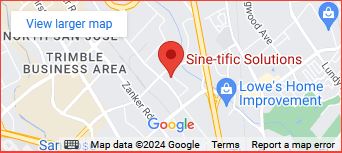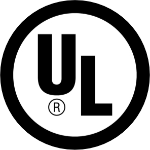Aluminum Engraving
Metal engraving removes material from a metal workpiece, creating long-lasting logos and characters. To achieve high-quality incisions and markings for your desired product, you can choose from a range of materials and engraving methods, such as aluminum. Aluminum is a prevalent material choice with favorable material properties, including application-specific characteristics to meet your project requirements.
Industrial Applications for Aluminum Engraving
Aluminum engraving is ideal for a variety of industrial applications. High electrical conductivity and material resistance make this metal favorable for identification products in various industries, including power, telecommunications, aircraft, and automotive. It can be machined with laser engraving or traditional methods for applications such as:
- Interior and exterior signage
- Industrial barcodes
- Serial numbers
- Control panels
Material Properties of Aluminum for Engraving
Aluminum offers material properties that make it an excellent choice for engraving. Many types of aluminum are suitable for engraving, and it is compatible with various engraving methods. As one of the most popular and commonly engraved metals, this material produces high-quality, distinctly engraved components for your applications. Favorable characteristics of aluminum engraving include:
- Lightweight, durable, and versatile
- Resistant to rust and corrosion
- Electrical properties and conductivity
- Sleek, professional appearance
Choosing Engraved Aluminum Over Other Materials
Compared to other metals, aluminum’s versatility offers a range of grades and engraving methods to work with. Materials like brass have grades that are too thick to engrave, making it more difficult to achieve precise cuts and high-quality engravings. Other materials, like stainless steel, may be less compatible with certain engraving methods, where protective layers can be compromised.
However, being lightweight and durable, aluminum is relatively easy to engrave, whereas some materials’ robustness makes it more challenging to machine. Additionally, aluminum has features that other materials may not. Its electrical conductivity and corrosion resistance are unique to the needs of aluminum engraving applications.




